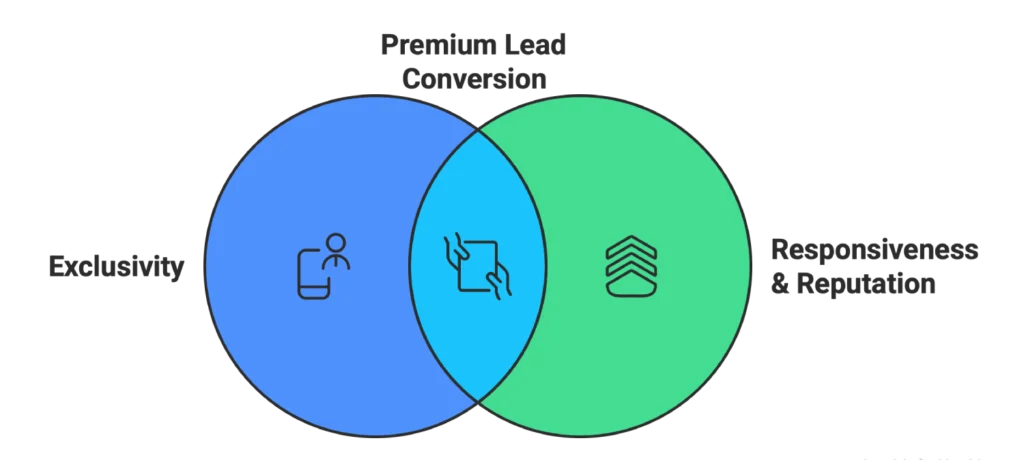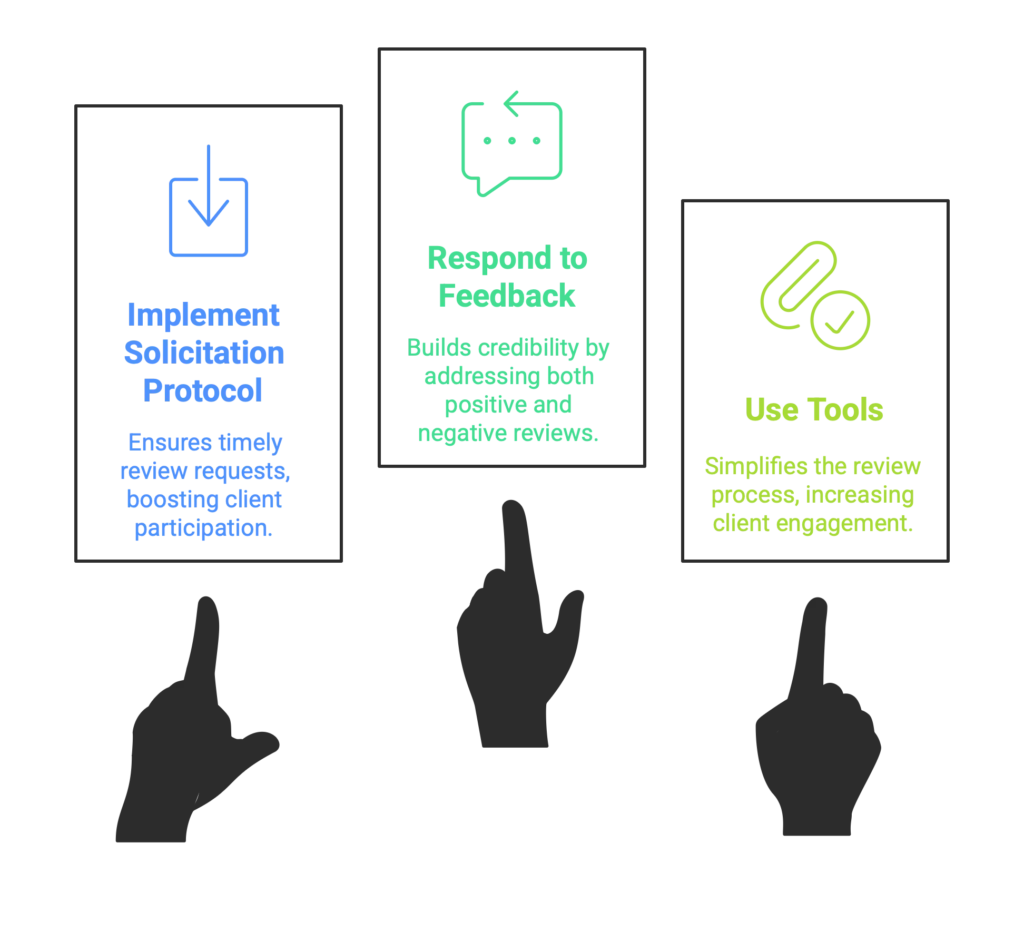The emergency water restoration industry is defined by speed, trust and service quality. For any ambitious water damage restoration firm, the key to sustainable growth is moving beyond generic, shared opportunities and focusing entirely on leads that are yours and yours alone. When you are the only one responding to a high-value emergency, you maximize your profit and reinforce your brand’s standing as a premium provider of water damage services.
This guide explores the most effective, strategic channels for acquiring genuinely exclusive leads for emergency water damage and restoration work. We’ll show you where to invest your resources to secure opportunities that aren’t diluted by competitor bidding wars.
Section 1: Understanding the High-Value Difference of Exclusivity
Before diving into specific sources, it’s vital to appreciate how exclusivity fundamentally changes your business economics, especially when providing immediate restoration of water damage.
1.1 The Profitability Shield
In an emergency, such as a major pipe failure or rapid flood event, the client’s priority is immediate relief, not price shopping.
- The Exclusive Advantage: When you receive an exclusive lead, you are positioned as the sole expert solution. This allows your team to focus on the scope of work and the quality of the service delivery, enabling you to charge industry-standard, professional rates. This leads directly to a strong Average Order Value (AOV) and protected profit margins.
- The Shared Pitfall: Shared leads create instant price competition. When a client receives multiple calls simultaneously, the service is quickly perceived as a commodity, forcing contractors into a race to the bottom that compromises financial viability and can even tempt providers to rush or cut necessary scope during the project.
By committing to exclusive lead generation, you are proactively protecting your investment and ensuring that your expertise is valued appropriately.
Section 2: Building Your Own Proprietary Lead Assets (Digital Control)
The most reliable, long-term source of exclusivity is through the digital assets you own and control. These channels reward operational excellence and strategic commitment.
2.1 Google Local Service Ads (LSA): Pay-for-Performance

Actionable Insight: Success with LSA relies heavily on responsiveness. Google actively monitors how quickly you answer incoming calls. Maintaining a high star rating (ideally 4.8+) and a stellar track record are the best ways to keep your listing prioritized and increase the volume of these exclusive, high-quality calls.
2.2 Local SEO and Geographic Dominance
Focusing your Search Engine Optimization (SEO) efforts on hyper-local keywords is essential for capturing emergency searches that translate into exclusive calls.
Strategic SEO Checklist:
- Elevate Your Google Business Profile (GBP): Optimize all service categories, use localized photos and commit to generating at least 50 high-quality, neighborhood-specific reviews to ensure maximum visibility in the crucial Map Pack listings.
- Technical Authority: Use technical elements, such as Emergency Service Schema Markup, on your website. This tells search engines you are an approved and ready responder for critical searches like “24/7 water damage restoration near me.”
- Neighborhood Focus: Instead of broad city pages, develop targeted landing pages focused on specific local districts (e.g., “Flood Cleanup in the [Western Heights] area”). This granular approach consistently wins the most valuable, localized, exclusive leads.
Section 3: Cultivating High-Value Partnership Networks (Referral Exclusivity)
Referral leads are the gold standard because they come with an implicit trust endorsement, making them inherently exclusive. The currency here is not money, but a guaranteed, mutually beneficial relationship.
3.1 Establishing Reciprocal Relationships with Plumbers
Plumbers are often the first on-site for any major water event, making them a premier source of immediate water restoration leads.
Building an Exclusive Alliance:
- The Shared Revenue Arrangement: Consider establishing a clear, mutually beneficial arrangement where, in exchange for all their water damage referrals, you commit to routing all necessary general reconstruction work (drywall, flooring, carpentry) back exclusively to them. This helps create a powerful, insulated revenue stream for both partners.
- Simplify the Referral Process: Make it effortless for their technicians to notify you. Provide them with a dedicated, custom communication channel (like a simple web form or a direct dispatcher line) that instantly sends the lead to your team, bypassing any temptation to share it.
3.2 Securing Commercial and Property Management Agreements
Commercial jobs offer stability, large project scopes, and often require formal, non-competitive response agreements.
Proactive Acquisition Strategy:
- Offer Disaster Response Planning (DRP): Provide property managers with a complimentary, professional service: creating a detailed Emergency Response Plan for their specific facility. In exchange, they agree to a First Notification of Loss (FNOL) agreement, legally designating you as the exclusive primary responder for all water damage and restoration events.
- Define Clear Service Level Agreements (SLAs): Think about setting clear Service Level Agreements (SLAs) that help you secure exclusivity by demonstrating your superior operational readiness through specialized, robust commitments, such as “Guaranteed on-site arrival within 60 minutes, 24/7/365.”
Section 4: Choosing Specialized Lead Generation Partners
When working with external services, it’s wise to ensure the focus remains on exclusivity over sheer volume, even if it means paying a slightly higher price for a premium opportunity.
4.1 Partnering with Specialized Lead Providers (e.g., Inquirly.com)
Certain platforms, such as Inquirly.com, focus entire business model on delivering high-intent, exclusive leads specifically within the restoration and home services sector. These providers typically leverage highly sophisticated paid search and proprietary targeting methods to ensure the lead is routed to only one contractor in a defined territory.
The value proposition here is the reduced operational overhead; you benefit from the vetted opportunity without managing the complex digital advertising campaigns yourself.
Essential Due Diligence for External Partners:
- Define Geographic Exclusivity: As you structure your agreement with any provider, make sure the contract clearly outlines a generous, non-negotiable service area where you are the only contractor receiving calls.
- Seek Transparency: It’s helpful to understand the exact keywords and ad placements they are using. This ensures they are targeting high-intent searches (e.g., “sewage backup cleanup”) that result in higher-converting leads.
Want to know more about exclusive water damage leads?
Inquirly aims for maximum clarity, generating over 50K real leads monthly, not just simple clicks. The Inquirly model is based on fair billing, you only pay for the leads you receive, with an average winning cost per incoming lead around $350*. Inquirly also offers customizable location targeting, ensuring the opportunities are highly relevant to your specific service areas and specialties.
4.2 Navigating Insurance TPA Programs
Participating in Third-Party Administrator (TPA) programs offers a highly consistent stream of referrals from insurance adjusters. While there is no cash cost per lead, there is a significant investment in compliance.
The Barrier to Entry:
- IICRC Compliance: Achieving and maintaining the highest industry certifications (especially IICRC) is typically required for entry. These certifications act as a crucial filter, limiting access to only the most professional firms and ensuring the resulting referrals are exclusive.
- Mastery of Estimating Software: Proficiency with platforms like Xactimate is often mandatory. This investment in training ensures your team can seamlessly integrate with the insurance claims process, securing your position on the exclusive responder lists for carriers.
Section 5: Essential Technology for Lead Conversion and Management
An exclusive lead is a timed opportunity. To capitalize on it, your operational systems need to be seamless and rapid.
Monitors lead sources and ensures dispatch answers within seconds.
Impact: Ultra-fast response validates hire and prevents clients from calling competitors.
Centralized mobile platform for dispatch, on-site scoping, and quick invoicing.
Impact: Professional, rapid on-site service validates the hire and accelerates claim processing.
Industry-standard software for creating compliant, defensible insurance estimates.
Impact: Essential for TPA participation and ensuring high-value projects are accurately paid by carriers.
Dedicated system to track engagement with high-value referral partners.
Impact: Ensures consistent communication and long-term exclusivity in crucial partnerships.
Conclusion
The most effective way to “buy” exclusive water damage leads for emergency jobs is to thoughtfully invest in control and compliance, rather than simply paying a lower price for shared contact information. By building proprietary digital assets, creating robust referral partnerships, leveraging specialized platforms like Inquirly.com, and meeting the high standards of TPA networks, your water damage services firm can transition from competing on price to dominating through reliable, professional exclusivity. This strategic focus is how you achieve high profit margins and predictable growth in the emergency restoration field.
